If you'll learn how to fillet a fish, you'll surely make your next seafood meal more enjoyable and easier to dig in.
Here's a simple step-by-step guide on how to fillet a fish properly.
RELATED: Homesteading Guide: How To Smoke Fish At Home
How to Fillet a Fish the Right Way
What You'll Need:
- Sharp fillet knife
- Scissors
- Bucket with water and ice
- Gloves
- Cutting board
- Tweezers
- Paper towel or clean cloth
Step 1: Bleed Out the Fish
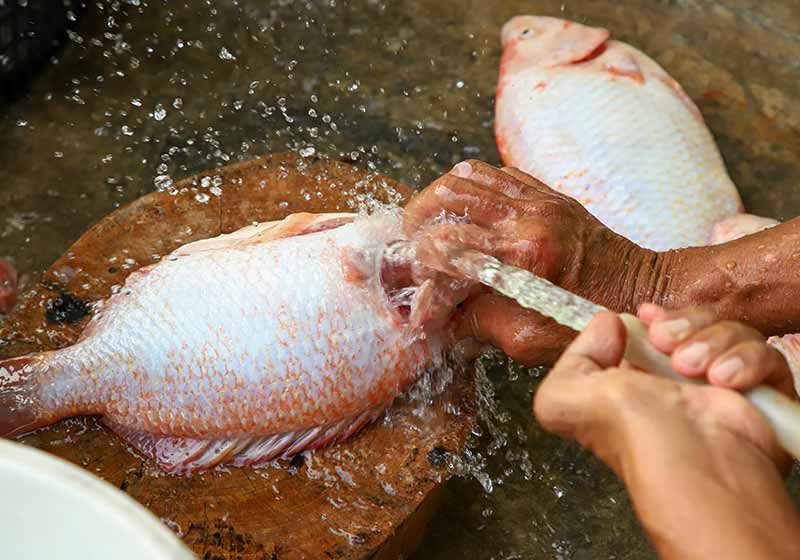
Bleeding your fish helps preserve the meat's taste and texture especially if it's a fresh catch. Using your knife or scissors, make a shallow incision under the gills. Break its spinal cord by turning the head backward.
Then, string a rope from its mouth through the gills. Keep the freshness of your fish by soaking it in water with ice for a few minutes. Let your fish bleed out before scaling and cleaning it.
Skipping this step in filleting your fish can result in a messier process once you get to the cutting part and can make the meat taste acidic.
Step 2: Descale the Fish
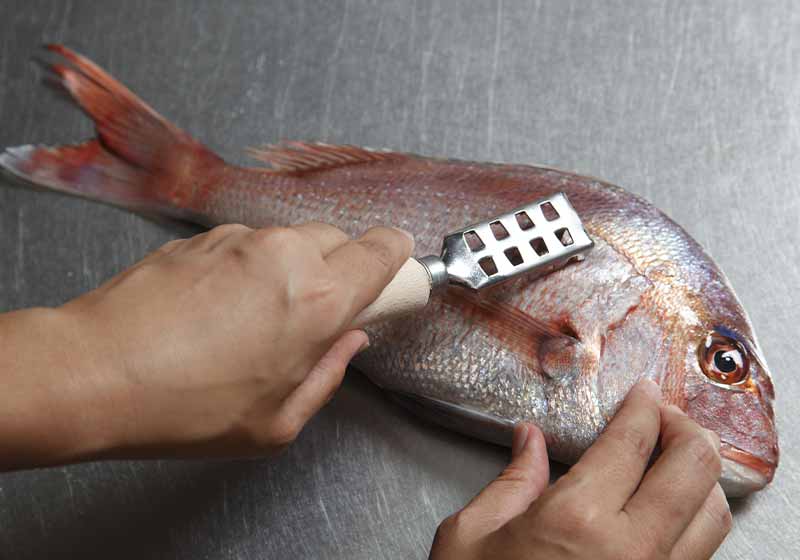
With the back of your knife, remove the scales of your fish by scraping the skin in long strokes. Start from the tail going to the head. Repeat this process until the scales are fully removed.
Afterward, rinse the fish to completely get rid of the scales on the skin. Be careful while doing this step. Wear gloves for your protection and safety.
Step 3: Gut the Fish
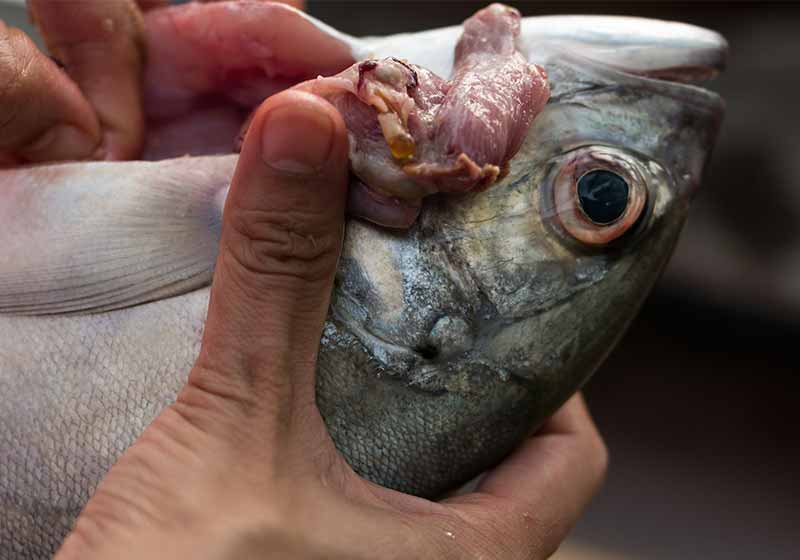
Run the tip of your knife from the tail, along the body, all the way to the head. Once the knife stops at the head, cut the abdominal cavity open, and scrape out the entrails using your hands wearing gloves. Clean any leftover inside the stomach by giving it a good, long rinse using cold water.
Step 4: Remove the Head

On a cutting board, lay your fish on its side and hold it by its mouth. Place the knife behind the gills, and cut downward and diagonally going to the head through the bone. Do this on the other side until you totally remove the head.
Instead of throwing this part away, you can store it with ice and use it in making fish stock.
Step 5: Remove the Tail and Fins
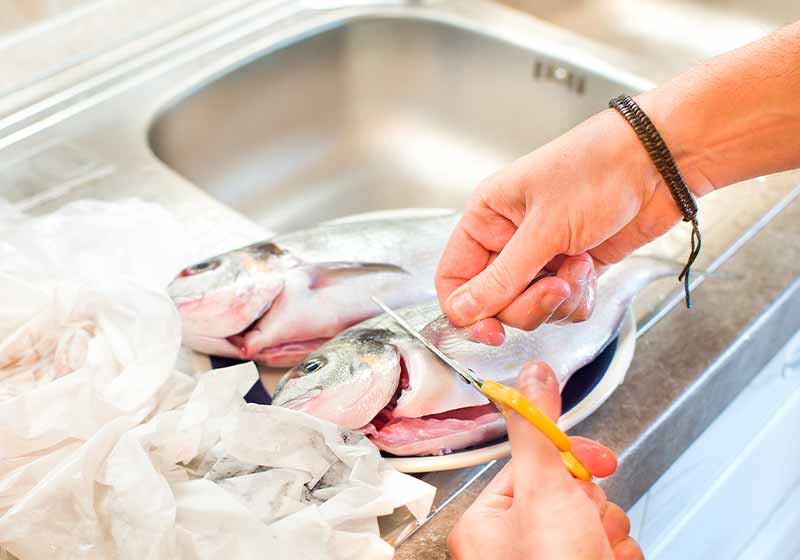
Place your knife where the tail fin of your fish joins its body. Straightly cut down to remove the tail.
Using scissors, cut away the fins on its top and sides. Don't forget this process to make your fish fillet cuts more precise.
RELATED: 7 Amazing Health Benefits Of Fish Oil
Step 6: Make Fillet Cuts
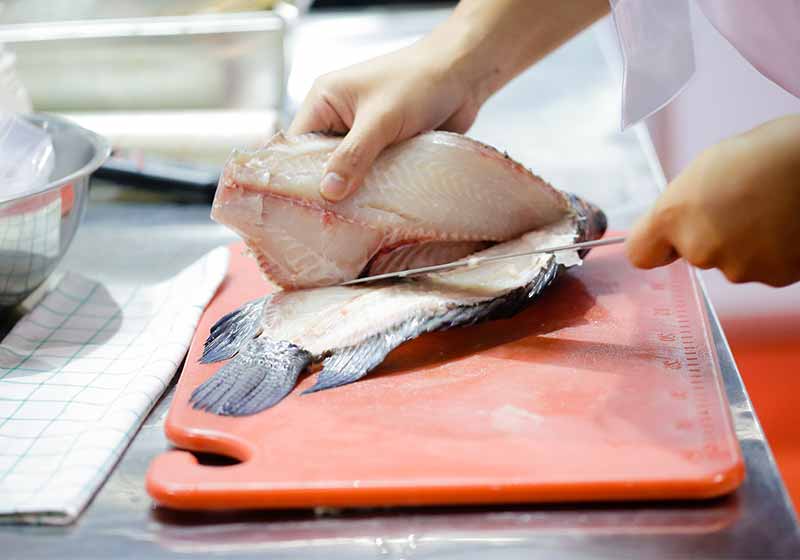
Learning how to fillet a fish properly requires little pressure and delicate movements. Turn your knife toward where the tail was, then insert it close to the ribs. Run your knife along the top of the ribs with the backbone as your guide.
Continue cutting downward until you finish off at the tail part. As you slice, keep in mind to lift the flesh. This is to check that you're keeping the most meat and to ensure that you're still cutting in a straight line.
This might take more than one try, but make shallow cuts to avoid penetrating the backbone. If you want to grill your fish, you can cut it into steaks, around 1.5 inches thick, for easier cooking.
Turn the fish on the other side. With its spine touching the board, run again your knife from its head to the tail. Since your fish is lighter this time, you might find the slicing process trickier than the previous one.
Step 7: Remove the Bones
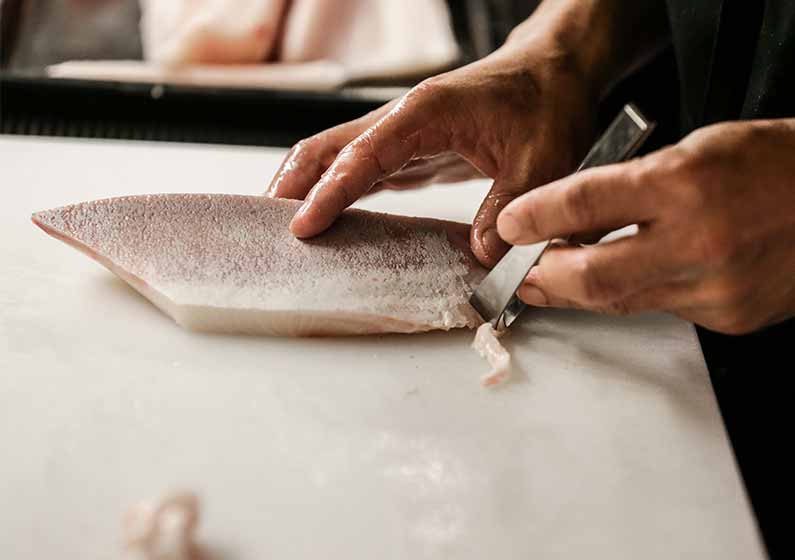
Using tweezers, carefully get the bones out of your fish fillets. Double-check the smoothness by gliding your fingers along the middle of the fish.
Step 8: Remove the Skin and Fat
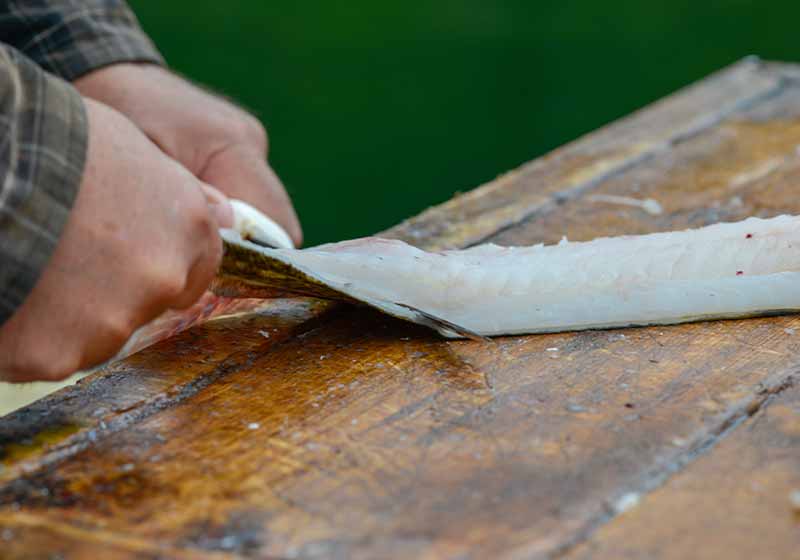
Face the side of the skin down to your board. Make a small cut on the tail portion between the flesh and the skin. Hold the skin firmly, and place your knife at a slightly downward angle.
Start wiggling the skin as you slowly run your knife toward where the head used to be. As you go, lift the flesh to make sure that you're cutting close to the skin as much as possible.
Tips:
- Fish like mackerel, salmon, and lake trout are high in fat content. Carefully trim the excess fat away with your knife.
- Fish fillets are served lean, but if you wish to keep the fat, you can leave this on.
Step 9: Finish It Up
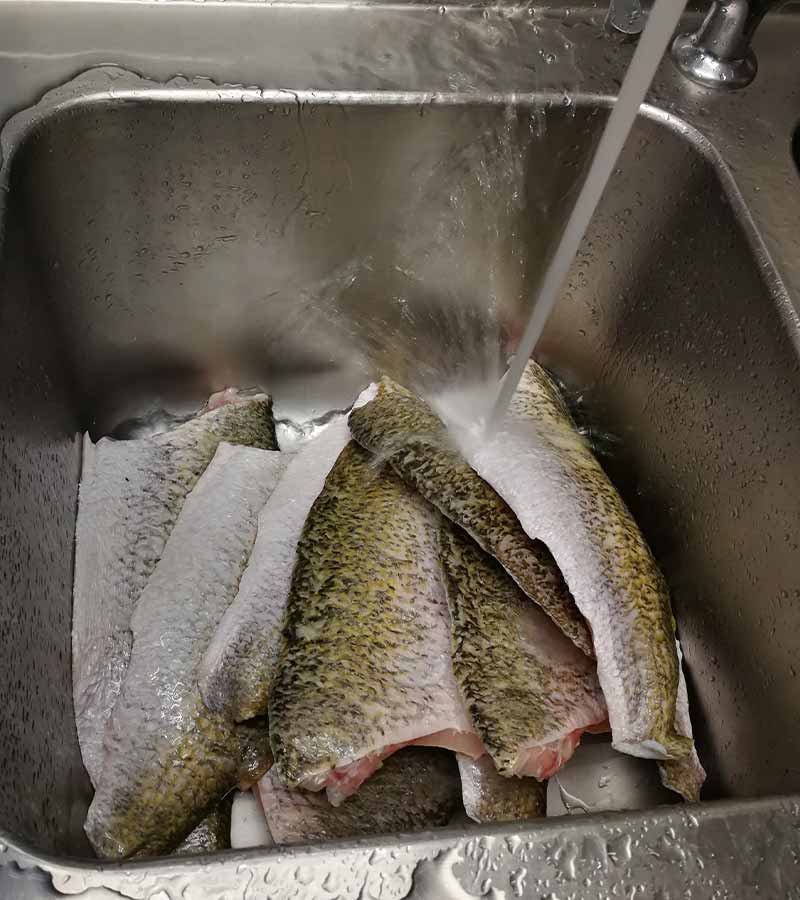
Rinse off your fillets over cold water and rub off any scales and blood that are still stuck in your fish. Pat them dry using a paper towel or clean cloth before cooking. Be sure that no fiber will be left on the flesh.
Now that you've learned how to fillet a fish properly, you can stock up and keep them in your freezer for later use. Your fillets can stay there for two to three months, but note that your fish will rot if not stored with ice.
No matter what type of fish you are preparing, learning how to fillet a fish is vital if you're harvesting your catches. Watch this video by Rokkit Kit and learn how to fillet a tuna:
Knowing how to fillet a fish is actually easier than you think. Make this chore the best part of your whole fishing experience, and enjoy those tasty fillets after a great day of fishing.
Do you have other ideas on how to fillet a fish? Let us know in the comment section below!
Up Next:
- VIDEO How to Make Fishing Lures | DIY Fishing Lures
- Is Your Grocer Stocking Genetically Modified Salmon?
- Stress Relieving Lavender Candles You Can Make At Home
Fellow homesteaders, do you want to help others learn from your journey by becoming one of our original contributors? Write for us!


Skip steps 1 to 5 and 8. Use an electric knife to filet whole fish. Preserve the filets for 6 – 12 months (maybe longer) by placing in a zip lock bag, filing it with water, and freezing.